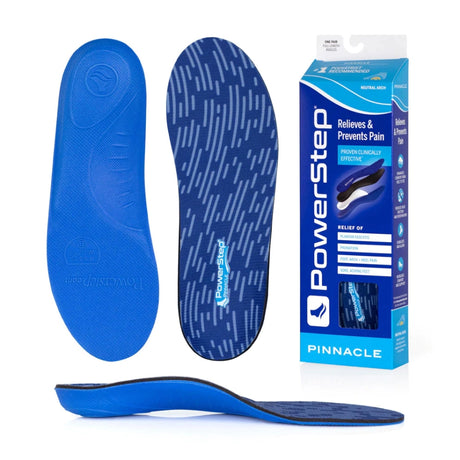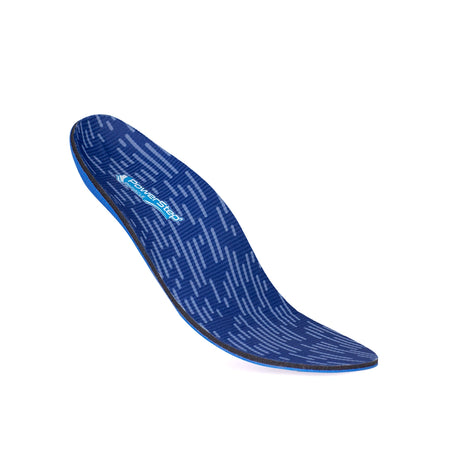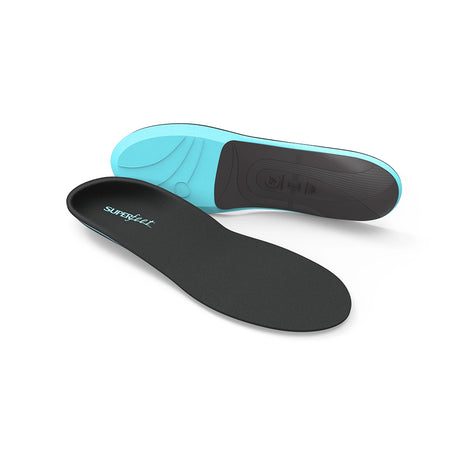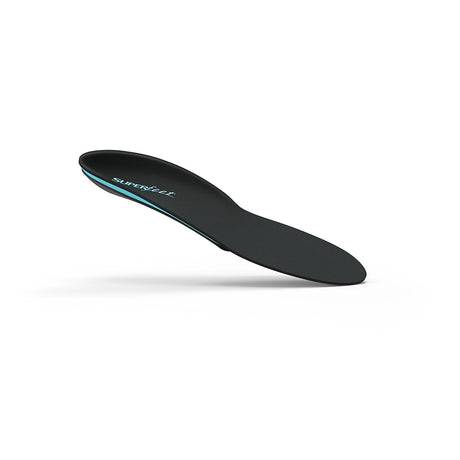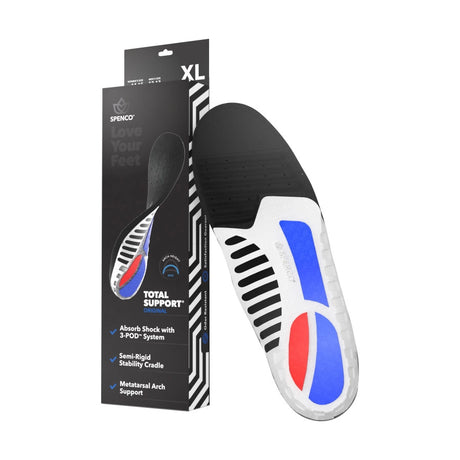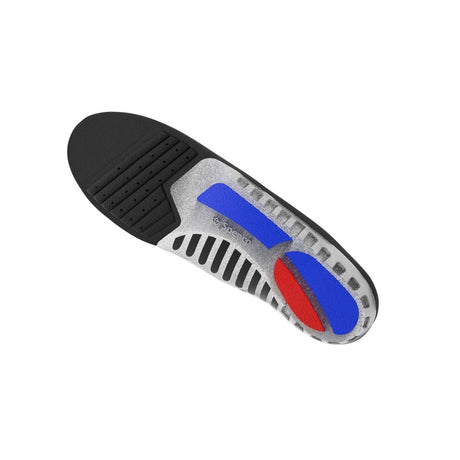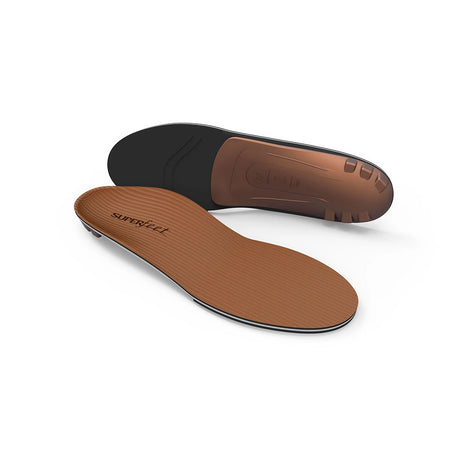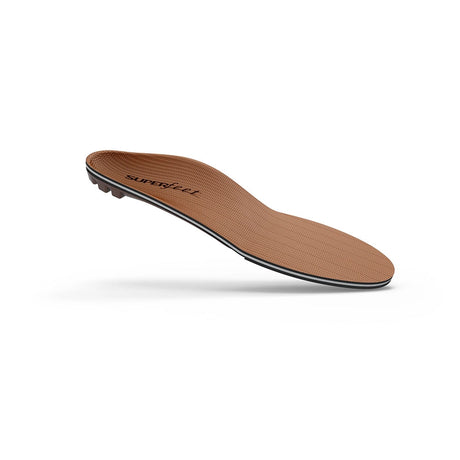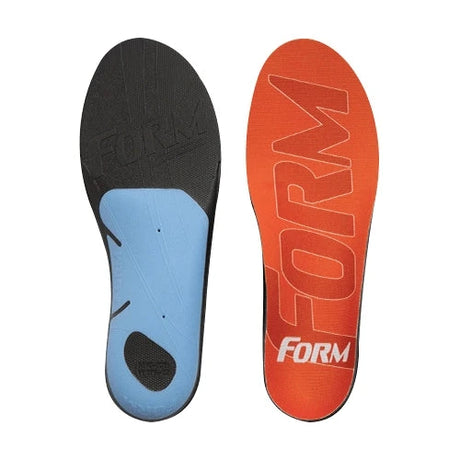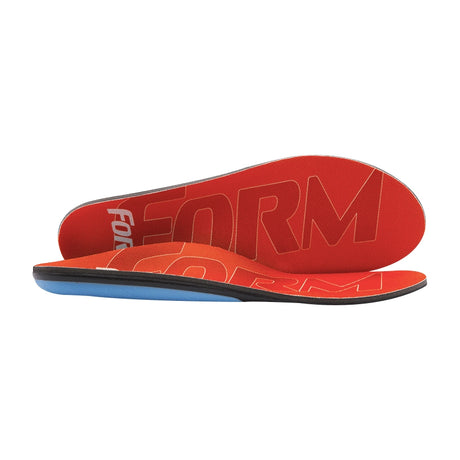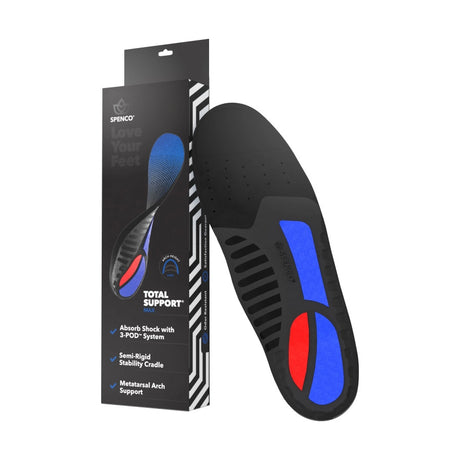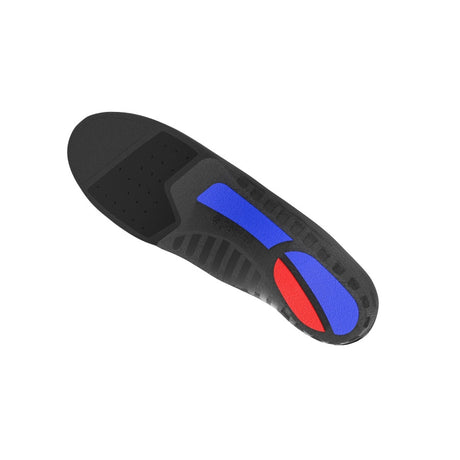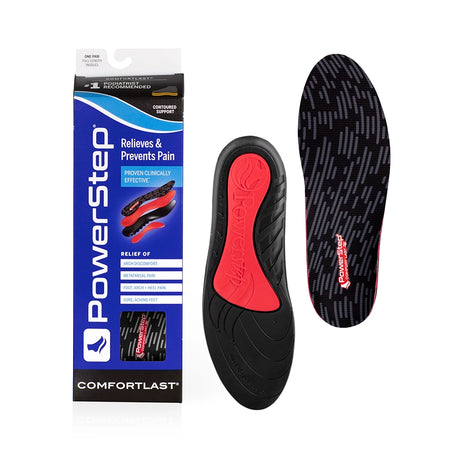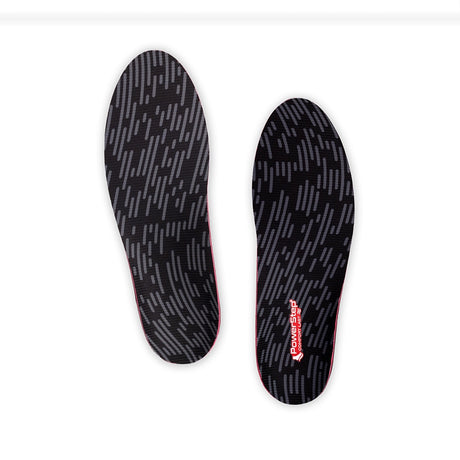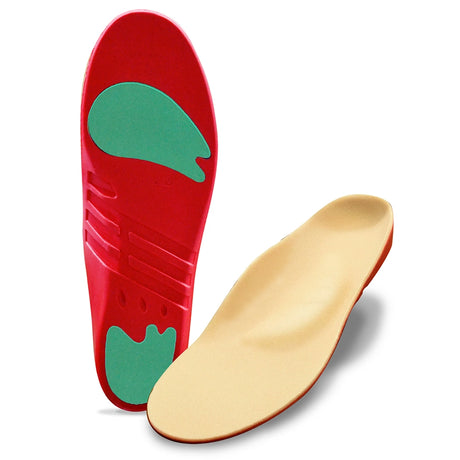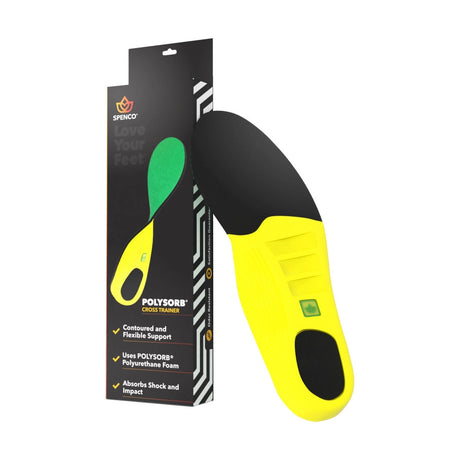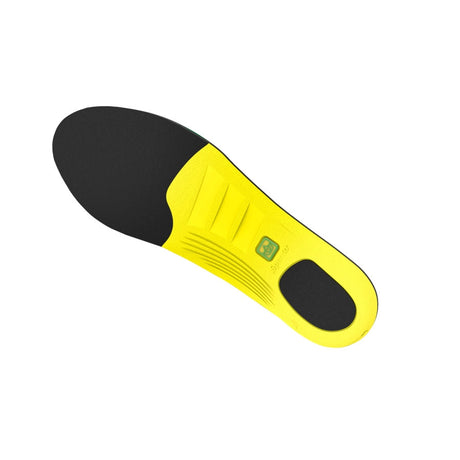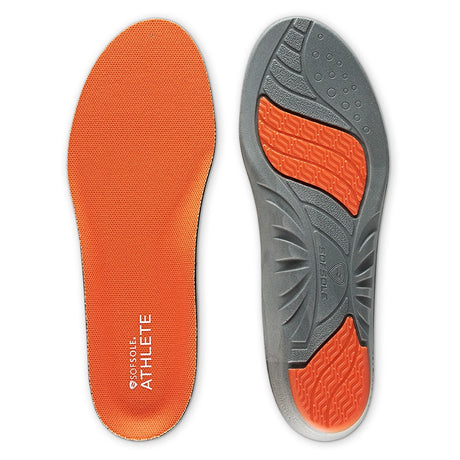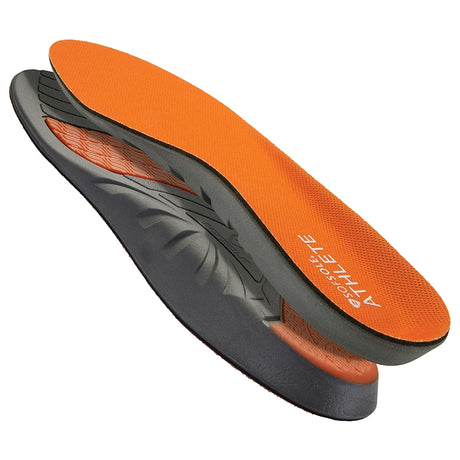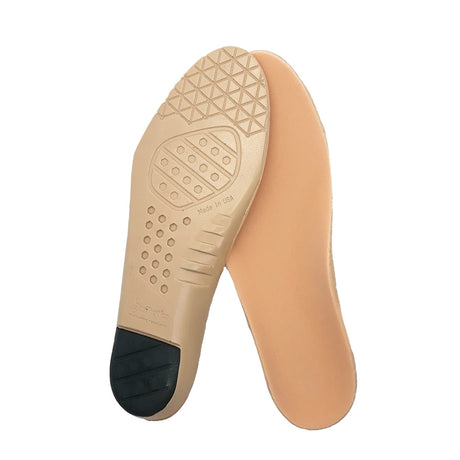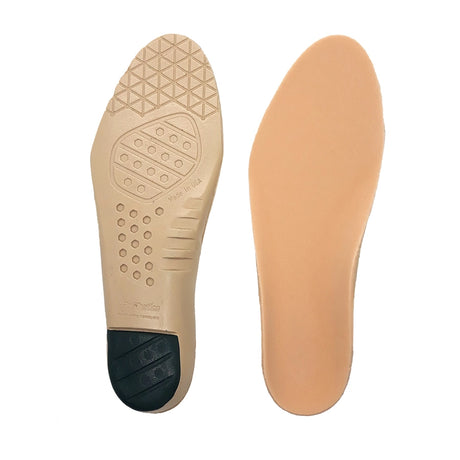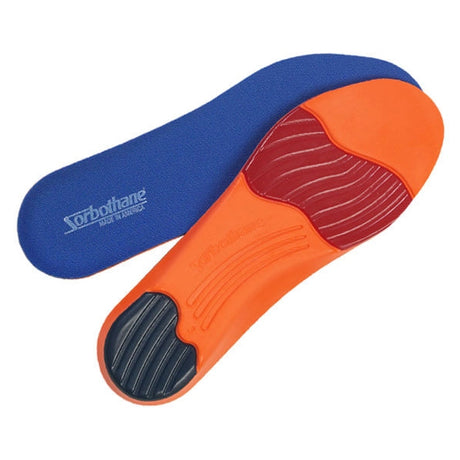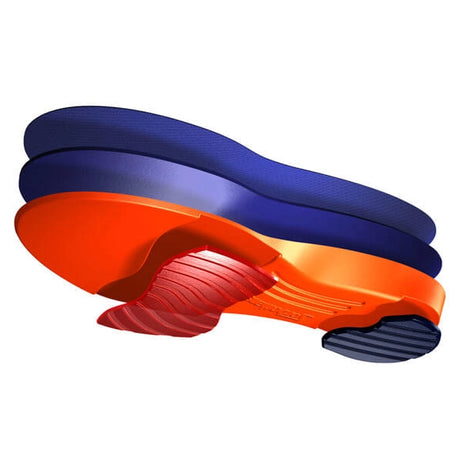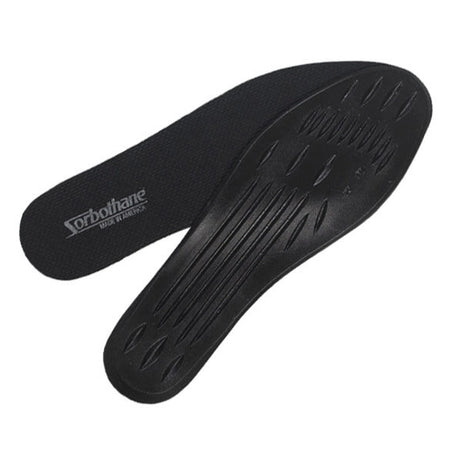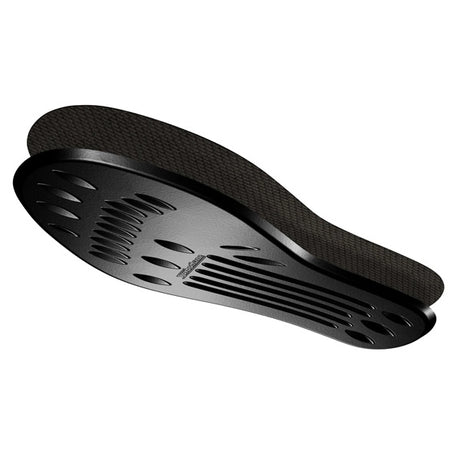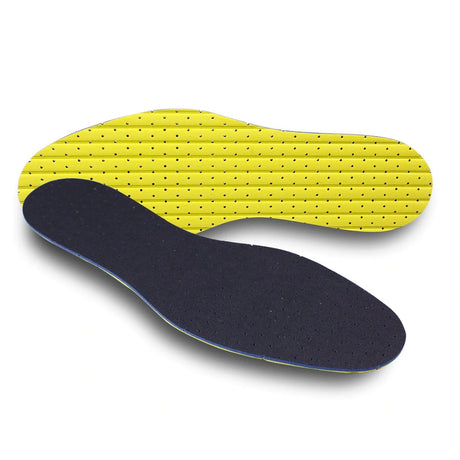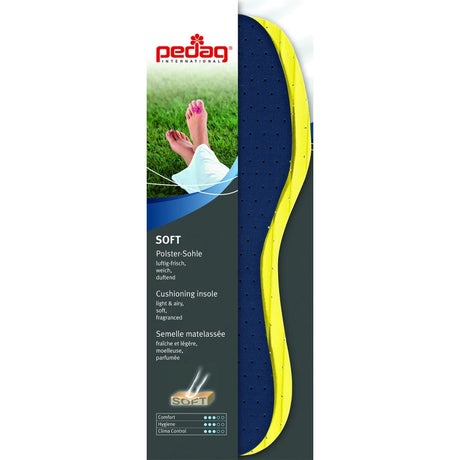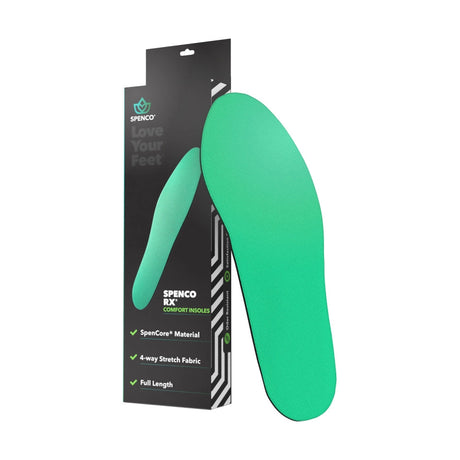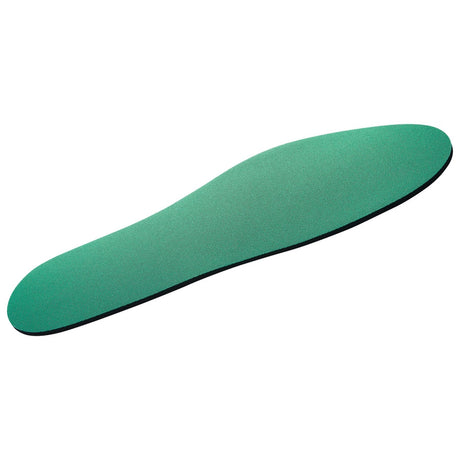Full-Length Insoles
You're currently browsing our entire selection of full-length insoles. Use the product filters below to narrow your selection, try our Insole Finder for a quick recommendation, or contact us if you have any questions.
Best Full-Length Insoles
Why do you recommend these items?
Why do you recommend these items?
We choose our product recommendations based on a combination of our own usage & opinion of the products, product design & product features, conversations we've had with our customers regarding their product usage & experience, and collective customer product feedback & reviews.
Looking for something different?
Looking for something different?
General recommendations aren't always a one-size-fits-all solution, and we understand that!
Our Insole Selector can help you find suitable products based on your needs, or our team is more than happy to provide a customized recommendation for you. Simply contact us and give us some information about what you're looking for and we'd be happy to assist!
Full-length insoles are designed to completely replace your existing shoe insole and will fit inside your shoes from the heel all the way to the tip of the toe inside your shoes. This ensures a consistent feel across the entire foot as well as complete comfort & support from heel to toe. For adults, we typically always recommend full-length insoles, as they tend to be the most effective at providing complete foot comfort in addition to being the easiest to wear & use. Below you'll find additional information about choosing, fitting, and wearing your full-length insoles.
Trim-to-Fit Insoles
Most full-length insoles are "trim to fit" insoles, meaning that the insoles can (and should) be trimmed to ensure a proper, snug fit inside your shoes.
Even if two shoes are the same exact shoe size, there tends to be slight differences in length and/or width, particularly in the forefoot, when comparing two different brands or even two different models within the same brands. Trimmable insoles ensure that you can trim your insole to the exact shape and size needed to ensure the best fit inside your shoes. This process is rather straightforward, doesn't take too much time, and only needs to be done a single time after you receive your insoles. We have a complete video guide available to walk you through the trim-to-fit process, as well:
Full-Length Insole Sizing
Most full-length insoles, due to being trim-to-fit, will have each size insole cover a range of compatible shoe sizes. For example, one size insole might cover men's shoe sizes 7½-9, while the next size insole cover's men's shoe sizes 9½-11. In this example, the first insole would fit most men's size 9 shoes out of the box (with minimal trimming) but could be easily trimmed down to fit a men's size 7½ shoe. Similarly, the next size insole would fit a men's size 11 shoe closely with minimal trimming but could be trimmed down to fit a men's size 9½ shoe.
The specific sizing varies from manufacturer to manufacturer, but you should always select the size insole that most closely corresponds to the shoe size you plan to use your insoles in. Taking again from our example above, if you wore a men's size 10 shoe, you would want to purchase the insole sized for men's 9½-11 shoes and trim the insoles. If you're ever between sizes and the insole can be trimmed, we recommend sizing up.
A select few insoles cannot be trimmed, typically because the material cannot be easily cut (carbon fiber insoles, for example) or because the insole has a stitched edge that would unravel if cut. For these insoles, you'll find that each insole size corresponds to a single shoe size. For example, Women's 7½, Women's 8, Women's 8½, Women's 9, etc. Here, you'd again select the size the most closely corresponds to the size of the shoe you plan to use the insoles in, but if you're between sizes we recommend sizing down (since the insoles can't be trimmed, there's no ability to fix the sizing if it's slightly too long).
Ensuring a Good Fit in Your Shoes
Aside from ensuring that you purchase an insole that corresponds to your shoe size, ensuring a good fit in your shoes is also an important consideration. Here, what we're looking at is the insole thickness and width.
Regarding thickness: You should always gauge how much room your shoes have before making your purchase. If your shoes fit relatively snugly right now, you'll want an insole no thicker than your existing insole, otherwise your shoes might become too tight. Similarly, if your shoes have plenty of room, a thicker insole could help your shoes fit more snugly, and conversely if your shoes are a little too snug now, a thinner insole could help create some extra room. Ultimately, insole thickness is a matter of personal preference, but we encourage you to think about how your shoes will fit based on the new insole's thickness before completing your purchase.
Regarding width: The vast majority of insoles are designed for medium-width shoes and will fit most shoes ranging from "B" width shoes (the typical medium width in women's footwear) to "D" width shoes (medium width in men's footwear). If your shoes say that they are B, C, or D width, or if they say "M," "medium," "R," or "regular" for their width, most insoles will fit perfectly in your shoes widthwise.
Shoes designated as narrow width (typically "A" or "AA" width in women's footwear or "B" width in men's footwear) will typically be too narrow to fit a standard medium-width insole. Instead, we recommend choosing from our narrow insoles selection, which features insoles that are compatible for use in narrow-width footwear.
Similarly, shoes designated as wide width (typically width "D" or "E" in women's footwear and "E" or "EE" in men's footwear) will often be too wide for the average medium-width insole. Instead, we recommend choosing from the insoles in our wide insoles selection, which features insoles that are compatible with wide-width shoes.
When to Not Use a Full-Length Insole
We typically recommend a full-length insole for everyone, except for these use cases:
- Extremely tight-fitting shoes, or shoes without removable insoles. If your shoes are extremely tight-fitting and/or do not have removable insoles, any full-length insole is lightly to cause the shoe to become too tight. In these cases, we recommend a 3/4-length insole instead.
- Children's shoes. Children tend to outgrow their shoes quickly as they grow, and with a full-length insole you'd need to replace the insole every time they outgrow their shoes. A 3/4-length insole can cover 2-3 consecutive shoe sizes without requiring a size replacement.
Otherwise, we have found that full-length insoles are often the most comfortable, the most effective at providing complete foot support, and the easiest to wear and use.
Moving Insoles Between Shoes
For the most part, we advise against planning to use one pair of insoles for multiple shoes, largely due to issues with sizing and fit. If your insole is trimmed to fit perfectly in one pair of your shoes, you will likely find that they won't fit as nicely in a different pair of shoes since the insole wasn't originally trimmed to fit those shoes. Additionally, insoles will mold to your feet and your shoes over time, and moving your insoles between different shoes will cause the insoles to potentially mold awkwardly to the shoes since they keep getting rotated between different shoes.

